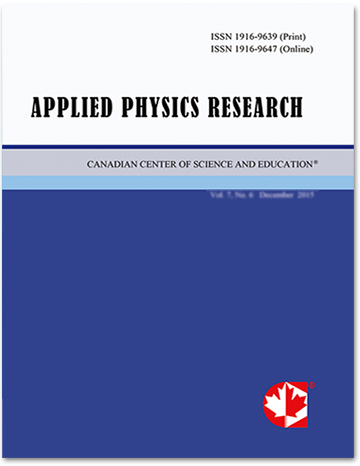The Charge Radius of a Proton and Neutron
- Frank Rafie
Abstract
A 2010 study in Nature magazine published experimental results to calculate the charge radius of a proton using Lamb shift in a muonic hydrogen. Although the accuracy of this experiment and the follow up experiment published in Science caused the acceptance of the results as the new value for the charge radius of a proton, it created a puzzle as to why the old experiments with electronic hydrogen resulted in higher values. Many theories and publications have tried to explain this puzzle since then, however, to date, there is no simple mathematical theory or model available to explain the charge radius of a proton. This article presents a model to calculate the charge radius of proton to be 0.840895712 fm which is on par with the current value of 0.84075 fm reported by CODATA (0.017% difference) and supports the accuracy of the muonic experiments.
- Full Text:
 PDF
PDF
- DOI:10.5539/apr.v17n2p176
Journal Metrics
Google-based Impact Factor (2017): 3.90
h-index (November 2017): 17
i10-index (November 2017): 33
h5-index (November 2017): 12
h5-median (November 2017): 19
Index
- Bibliography and Index of Geology
- Civil Engineering Abstracts
- CNKI Scholar
- CrossRef
- EBSCOhost
- Excellence in Research for Australia (ERA)
- Google Scholar
- Infotrieve
- LOCKSS
- NewJour
- Open J-Gate
- PKP Open Archives Harvester
- SHERPA/RoMEO
- Standard Periodical Directory
- Ulrich's
- Universe Digital Library
- WorldCat
Contact
- William ChenEditorial Assistant
- apr@ccsenet.org
